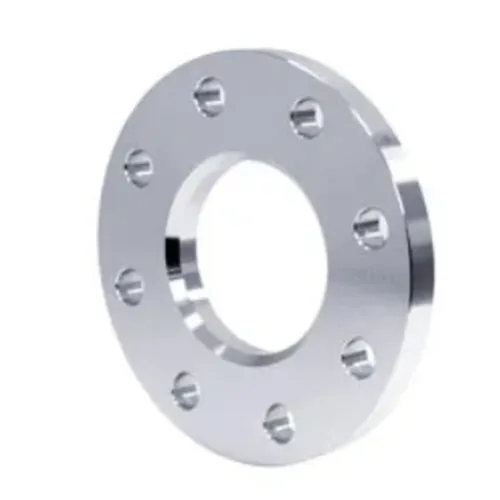-
Cangzhou Yulong Steel Co., Ltd.
-
Phone:
+86 13303177267 -
Email:
admin@ylsteelfittings.com
- English
- Arabic
- Italian
- Spanish
- Portuguese
- German
- kazakh
- Persian
- Greek
- French
- Russian
- Polish
- Thai
- Indonesian
- Vietnamese
- Zulu
- Korean
- Uzbek
- Hindi
- Serbian
- Malay
- Ukrainian
- Gujarati
- Haitian Creole
- hausa
- hawaiian
- Hebrew
- Miao
- Hungarian
- Icelandic
- igbo
- irish
- Japanese
- Javanese
- Kannada
- Khmer
- Rwandese
- Afrikaans
- Albanian
- Amharic
- Armenian
- Azerbaijani
- Basque
- Belarusian
- Bengali
- Bosnian
- Bulgarian
- Catalan
- Cebuano
- China
- China (Taiwan)
- Corsican
- Croatian
- Czech
- Danish
- Esperanto
- Estonian
- Finnish
- Frisian
- Galician
- Georgian
- Kurdish
- Kyrgyz
- Lao
- Latin
- Latvian
- Lithuanian
- Luxembourgish
- Macedonian
- Malgashi
- Malayalam
- Maltese
- Maori
- Marathi
- Mongolian
- Myanmar
- Nepali
- Norwegian
- Norwegian
- Occitan
- Pashto
- Dutch
- Punjabi
- Romanian
- Samoan
- Scottish Gaelic
- Sesotho
- Shona
- Sindhi
- Sinhala
- Slovak
- Slovenian
- Somali
- Sundanese
- Swahili
- Swedish
- Tagalog
- Tajik
- Tamil
- Tatar
- Telugu
- Turkish
- Turkmen
- Urdu
- Uighur
- Welsh
- Bantu
- Yiddish
- Yoruba

Oct . 09, 2024 17:49 Back to list
Techniques and Best Practices for Welding Pressure Pipes in Industrial Applications
The Importance of Pressure Pipe Welding in Modern Engineering
Pressure pipe welding is a crucial aspect of modern engineering, particularly in the fields of oil and gas, water supply, and chemical processing. The integrity and safety of pressure piping systems rely heavily on the quality of the welds that join the different segments of pipe. This article will explore the importance of pressure pipe welding, the techniques employed, and the safety measures that must be taken to ensure the durability and reliability of these critical infrastructure components.
The Significance of Pressure Pipe Welding
Pressure pipes are designed to transport fluids at high pressure, and any failure in these systems can lead to catastrophic consequences, including leaks, explosions, or environmental disasters. Therefore, the welding process must be executed with precision to ensure that the joints can withstand the extreme conditions under which they operate. Pressure pipe welding not only provides structural integrity but also ensures compliance with industry standards and regulations, which are designed to safeguard both people and the environment.
Welding Techniques
Various welding techniques are utilized for pressure pipe welding, depending on the materials being joined and the conditions of the project. Common methods include Shielded Metal Arc Welding (SMAW), Gas Tungsten Arc Welding (GTAW), and Gas Metal Arc Welding (GMAW). Each technique has its own advantages and is selected based on the specific requirements of the job.
For instance, GTAW is known for its high-quality finishes and is often used for stainless steel and non-ferrous metals, making it suitable for applications where corrosion resistance is critical. On the other hand, SMAW is a versatile and widely used technique for welding carbon steel, especially in field conditions where portability is essential.
pressure pipe welding

Another important aspect of pressure pipe welding is the preparation of the materials. Proper joint design, cleaning, and edge preparation are vital steps that can significantly affect the quality of the weld. Additionally, maintaining the right heat input and controlling the welding speed are essential to ensure a strong bond without causing distortion or weakening the material.
Safety Considerations
Safety is paramount in pressure pipe welding. Welders must be trained and certified, ensuring they understand the materials and processes they are working with. Personal protective equipment (PPE) such as gloves, helmets, and protective clothing is essential to safeguard against the inherent risks of welding, including exposure to harmful fumes, intense heat, and physical injuries.
Furthermore, pressure testing is a critical step after welding, where the completed pipe system is subjected to pressure beyond its normal operating conditions to identify any potential weaknesses. This testing phase helps in ensuring that the system will perform safely under operational pressures.
Conclusion
In conclusion, pressure pipe welding plays an indispensable role in ensuring the safety and reliability of various industries that depend on pressure piping systems. With rigorous standards, advanced welding techniques, and stringent safety measures, the welding of pressure pipes upholds the integrity of essential infrastructures. As engineers and welders continue to innovate and refine their practices, the future of pressure pipe welding remains bright, promising enhanced safety and efficiency in fluid transportation systems worldwide.
Latest news
-
ANSI 150P SS304 SO FLANGE
NewsFeb.14,2025
-
ASTM A333GR6 STEEL PIPE
NewsJan.20,2025
-
ANSI B16.5 WELDING NECK FLANGE
NewsJan.15,2026
-
ANSI B16.5 SLIP-ON FLANGE
NewsApr.19,2024
-
SABS 1123 FLANGE
NewsJan.15,2025
-
DIN86044 PLATE FLANGE
NewsApr.19,2024
-
DIN2527 BLIND FLANGE
NewsApr.12,2024
-
JIS B2311 Butt-Welding Fittings LR/SR 45°/90° /180°Seamless/Weld
NewsApr.23,2024











